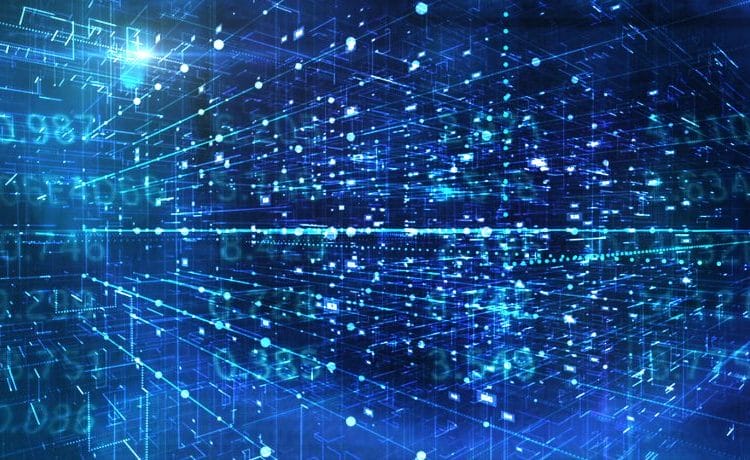Data Archiving vs. Digital Preservation

Modern laboratories generate enormous volumes of data and managing that data efficiently is more critical than ever. As digital footprints expand, understanding the differences between data archiving and digital preservation becomes essential. While both approaches aim to protect and manage data, they address different needs. This article explores their key differences and why digital preservation is becoming a foundational strategy for long-term scientific data management.
What Is Data Archiving?
Data archiving originated as a basic method for improving storage efficiency and system performance. In the early days, archiving often meant manually moving files from one folder to another to clear space. While simple, this approach was labor intensive and limited to local systems.
As data volumes grew, external storage devices became the norm. Files were offloaded from active systems, freeing up space but accessing archived data often required restoring it to its original environment, slowing down research workflows.
Today, archiving has evolved. Advanced Scientific Data Management Systems (SDMS) integrate archiving into centralized platforms, making it easier to retrieve historical data from multiple instruments and formats. However, even with these improvements, archiving is primarily focused on storage not long-term usability.
What Is Digital Preservation?
Where archiving ends, digital preservation begins. Rather than simply storing inactive data, digital preservation ensures that information remains accessible, usable and intact years or even decades into the future.
Here’s how digital preservation differs fundamentally from traditional archiving:
1. No Restoration Required
Preserved data is ready to use without needing to be restored or reprocessed. It’s immediately accessible in standardized formats.
2. Protection Against Obsolescence
As file formats, software, and systems become outdated, preserved data is proactively migrated to stable, widely supported formats to ensure continued access.
3. Ensures Long-Term Usability
Digital preservation combats media degradation, hardware failures, and organizational changes. It keeps data not just stored, but truly usable for future research, audits, or analysis.
4. Reduces Costs Over Time
By standardizing data formats and minimizing reliance on proprietary software, digital preservation helps organizations cut down on licensing fees and IT maintenance costs.
Data Archiving vs. Digital Preservation Key Differences
| Feature | Data Archiving | Digital Preservation |
| Purpose | Moves inactive data to free up space | Maintains long-term access and usability |
| Access | May require manual restoration | Instantly accessible in usable formats |
| Technology Focus | Storage and retrieval | Format standardization and future-proofing |
| Risk | Susceptible to format and hardware obsolescence | Proactively managed against obsolescence |
| Cost Efficiency | Saves short-term storage space | Reduces long-term system and license costs |
While both methods are important, digital preservation is increasingly favored for research, compliance, and data sharing needs that require reliable long-term access.
How Digital Preservation Improves Scientific Data Management
Digital preservation is not just an add-on to SDMS it is an upgrade. Here is how it strengthens scientific workflows:
- Automated Workflows: Reduces manual effort with smart automation for data storage, indexing, and access.
- Standardized Formats: Converts data into open, widely supported formats that are resilient to technological change.
- AI & ML Ready: Preserved datasets are structured for compatibility with artificial intelligence and machine learning tools.
- Cost Optimization: Eliminates the need for legacy software licenses and reduces IT overhead.
- Improved Collaboration: Simplifies data sharing across teams, labs, and institutions.
By embedding digital preservation into their data management strategy, researchers can focus more on discovery and less on data retrieval and technical hurdles.
The Future Is Preservation Centric
While data archiving remains valuable for managing storage and regulatory compliance, it is no longer sufficient for the long-term demands of scientific research. Digital preservation ensures data is not only stored but remains usable, secure, and accessible for future generations of scientists.
As data continues to grow in volume and value, organizations that invest in digital preservation as part of their SDMS will be better equipped to support innovation, collaboration, and compliance in an evolving digital landscape.
Have questions about digital preservation?
 >
> 

